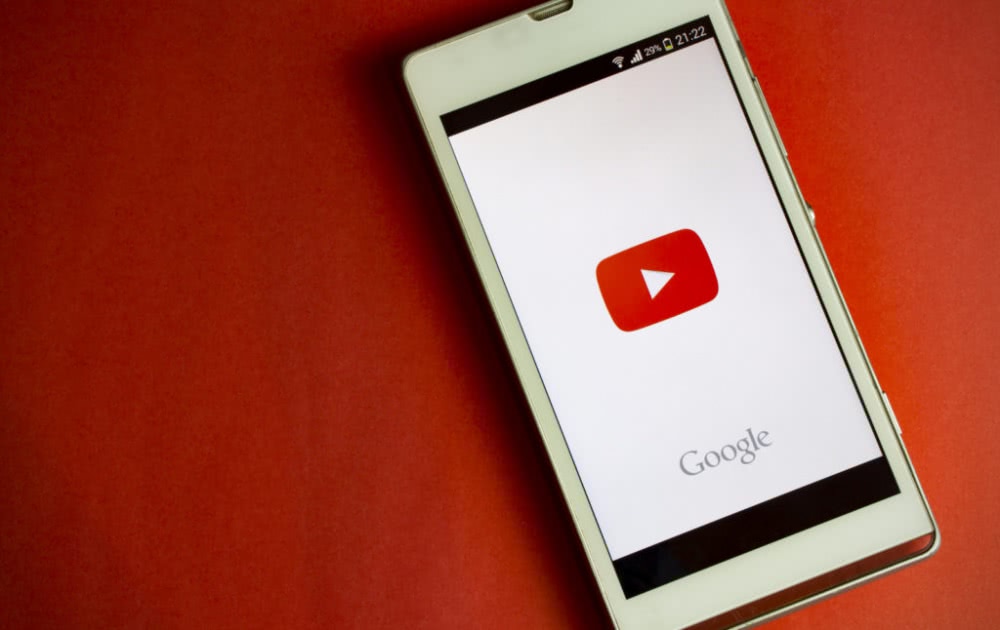YouTube’s ad-revenue is flying, music subscribers top 22 million

YouTube bagged more than US$15 billion in advertising revenue last year, and its YouTube Music and YouTube Premium platforms now boast more than 22 million paid subscribers.
Those are some of the eye-popping numbers revealed earlier this week by Sundar Pichai, CEO of parent company Alphabet and Google, in a Q4 earnings call with analysts.
YouTube isn’t just a magnet for ad spend. It’s a planet, with its own gravitational pull.
The streaming platform’s ad revenues are on a sharp growth trajectory: in 2017, the tech giant generated some US$8.15 billion in ad sales. The following year, the sum grew to US$11.16 billion. And now, US$15.15 billion, up 36 per cent from the prior year and an overall gain of US$7 billion in just two years.
It’s the first time YouTube has lifted the lid on its ad revenue and subscriber numbers.
YouTube launched in 2005 and changed hands the following year for US$1.65 billion, a pittance for what the company would command today.

YouTube
By March 2013, the streaming platform was claiming 1 billion active monthly users. In 2020, that figure is well over 2 billion.
YouTube Music, the platform’s Spotify rival, and YouTube Premium (which bundles the experience of YouTube and YouTube Music ad-free for A$14.99 each month after a month-long free trial), relaunched in mid-2018.
Those combined 22 million paying subs across YouTube Music and YouTube Premium represent just 1% of the 2 billion sets of eyeballs which actively scroll the YouTube platform.
With those numbers, it’s easy to see why YouTube is considered the most powerful platform for artists. Though its relationship with the music industry isn’t always on song.
Almost 90% of respondents to an IFPI study last year said they listened to music through any type of on-demand streaming platform, with YouTube the big performer (at 77%).
The international labels trade body and its members have long pointed a finger at YouTube and others for exploiting the “value gap,” by profiting without returning fair compensation to music creators.
On the recent earnings call, Alphabet and Google CFO Ruth Porat told analysts the lion’s share of YouTube’s ad revenue is distributed to creators, which is “reflected in our content acquisition costs,” MBW reports.
“We continue to invest across YouTube to grow over the long-term. In the ad supported proportion of YouTube, we pay out a majority of revenues to our creators, reflected in our content acquisition costs,” she said.
“On top of that, there are other expenses, including infrastructure and networking costs, as well as the costs of our content responsibility efforts to keep YouTube safe for users, creators, and advertisers. We’re also investing meaningfully to grow our subscriptions, which have higher content acquisition cost ratios.
“And then in YouTube, as I mentioned in opening comments, we do continue to build out our subscription services. It’s still in the early days there and we’re making a sizeable investment to build it out, taking a long-term view here.”
In its 2018 reports How Google Fights Piracy, YouTube said it paid out over $1.8 billion to the music industry in the year to September 2018. All-time royalty payments to the industry at that point topped $6 billion, the company claimed.
This article originally appeared on The Industry Observer, which is now part of The Music Network.

































